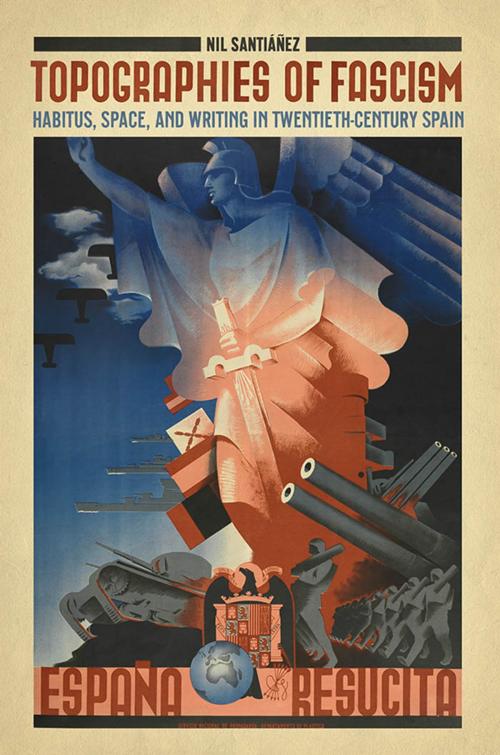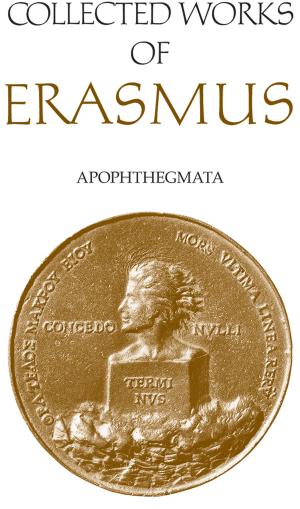Topographies of Fascism
Habitus, Space, and Writing in Twentieth-Century Spain
Fiction & Literature, Literary Theory & Criticism, European, Spanish & Portuguese, Nonfiction, History, Modern, 20th Century, Social & Cultural Studies, Social Science, Anthropology| Author: | Nil Santianez | ISBN: | 9781442663664 |
| Publisher: | University of Toronto Press, Scholarly Publishing Division | Publication: | October 28, 2013 |
| Imprint: | Language: | English |
| Author: | Nil Santianez |
| ISBN: | 9781442663664 |
| Publisher: | University of Toronto Press, Scholarly Publishing Division |
| Publication: | October 28, 2013 |
| Imprint: | |
| Language: | English |
Topographies of Fascism offers the first comprehensive exploration of how Spanish fascist writing – essays, speeches, articles, propaganda materials, poems, novels, and memoirs – represented and created space from the early 1920s until the late 1950s. Nil Santiáñez contends that fascism expressed its views on the state, the nation, and the society in spatial terms (for example, the state as a “building,” the nation as an “organic unity,” and society as the “people’s community”), just as its adherents celebrated fascism in its architecture, public spectacles, and military rituals.
While Topographies of Fascism centres on Spain, a nation that produced a large number of fascist texts focused on space, it also draws on works written by key German, Italian, and French fascist politicians and intellectuals. Ultimately, it provides an innovative model for analyzing the comparable yet often overlooked strategies of symbolic representation and production of space in fascist political and cultural discourse.
Topographies of Fascism offers the first comprehensive exploration of how Spanish fascist writing – essays, speeches, articles, propaganda materials, poems, novels, and memoirs – represented and created space from the early 1920s until the late 1950s. Nil Santiáñez contends that fascism expressed its views on the state, the nation, and the society in spatial terms (for example, the state as a “building,” the nation as an “organic unity,” and society as the “people’s community”), just as its adherents celebrated fascism in its architecture, public spectacles, and military rituals.
While Topographies of Fascism centres on Spain, a nation that produced a large number of fascist texts focused on space, it also draws on works written by key German, Italian, and French fascist politicians and intellectuals. Ultimately, it provides an innovative model for analyzing the comparable yet often overlooked strategies of symbolic representation and production of space in fascist political and cultural discourse.















